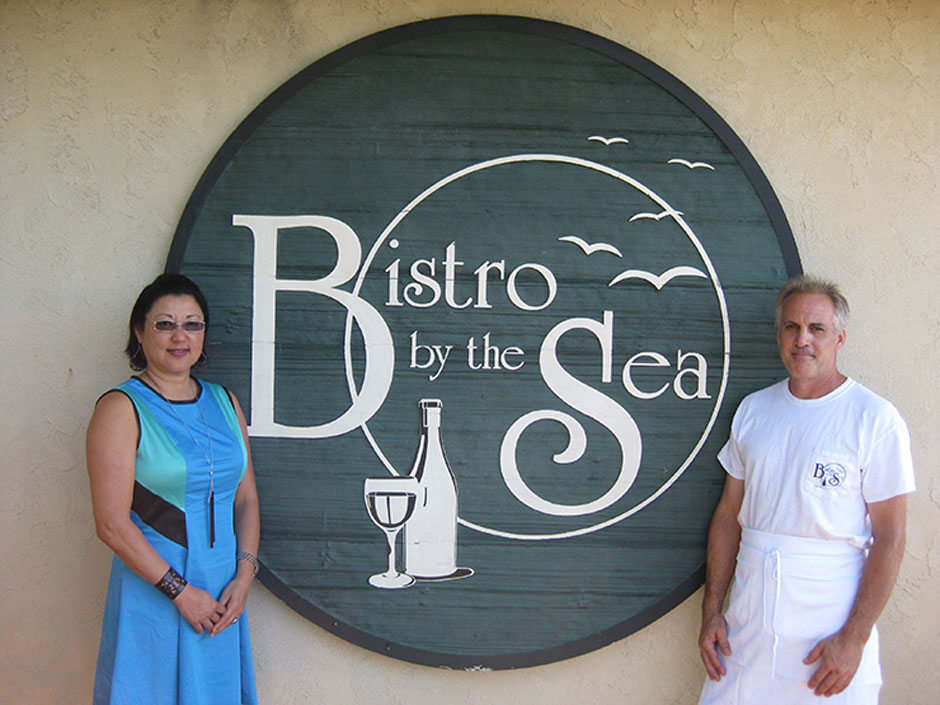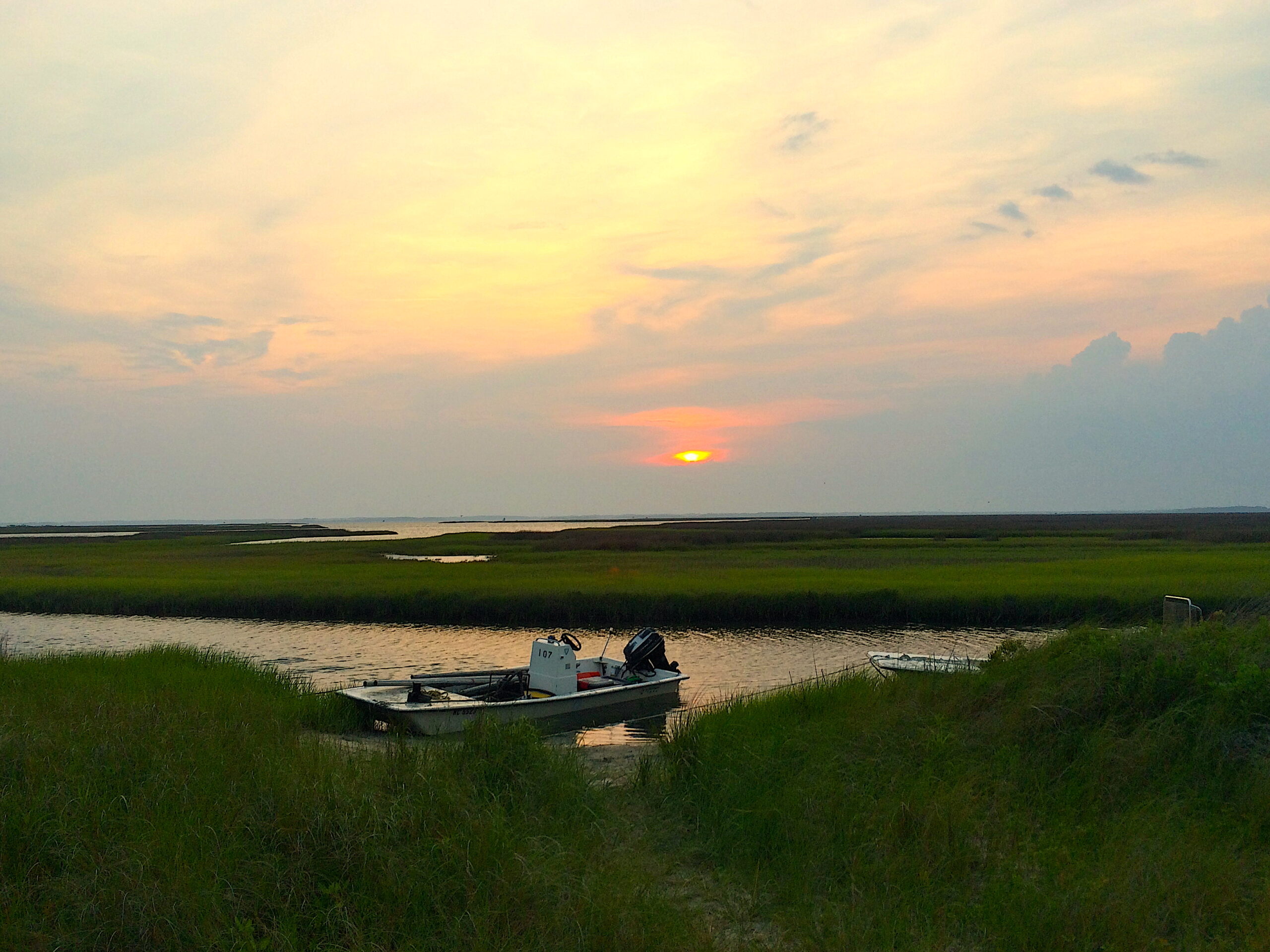Recognizing Quality At Your Local Seafood Counter

The face of the North Carolina seafood industry is constantly changing. Demand is increasing for commodities like crab, flounder and shrimp. Seafood processing operations, which used to be predominantly at the coast, are moving to inland locations.
Whatever else changes, quality remains a constant. Now, with such an array of products and vendors to choose from, it is especially important to select wisely.
Seafood regulators are trained to look for certain quality indicators when they inspect seafood. Checking the color, odor, and firmness of seafood, as well as how it’s packaged, can indicate whether the quality is up to par.
Like inspectors, consumers need to know how to discern high-quality products from those that are sub par.
“Consumers are their own best inspectors,” says Johnny Peele, a food regulatory supervisor with the N.C. Department of Agriculture and Consumer Services (DA&CS) and seafood regulator since the 1970s.
“We train our people in sensory perception,” Peele explains. He says consumers also can learn to use their eyes, nose, hands and common sense to determine seafood quality.
Such principles led to the development of North Carolina Sea Grant’s latest educational poster — Quality Counts: A Consumer’s Guide to Selecting North Carolina Seafood.
“The Quality Counts poster is a great educational piece that will assist our North Carolina consumers in their seafood selections,” says William Small, seafood marketing manager for DA&CS, and a participant in developing the poster.
The poster, which is provided on pages 14 and 15 for you to pull out and use, specifies what to look for and what to avoid whether you’re buying fresh, frozen or cooked seafood.
WHAT TO LOOK FOR
The way seafood is handled and stored from the time it leaves the water to the time it’s on your plate greatly influences quality, as well as safety.
Retail stores should display seafood in clean, refrigerated cases or packed in ice on open-air counters. The market should be odor-free — if you smell a faint or pronounced offensive aroma, look for another retailer.
Ask your friends and acquaintances to recommend a retail market or seafood distributor in your area.
“Like buying any other food, buy it from somewhere you trust,” says Jeff French, regional environmental health specialist for the N.C, Department of Environment and Natural Resources’ Division of Environmental Health. French inspects all kinds of seafood dealers, from grocery stores to roadside stands.
Anything done to protect quality will also enhance the safety of seafood. Freezing seafood or keeping it refrigerated as close to 32°F as possible halts or slows the growth of spoilage and disease-causing bacteria.
People with chronic health issues, such as liver disease or cancer, should cook seafood thoroughly before eating it. The federal Food and Drug Administration recommends cooking live shellfish until the internal temperature reaches 145 °F for 15 seconds. French explains a good way to ensure this is to cook the shellfish until the shells open and then continue cooking for an additional five to 10 minutes.
QUALITY COUNTS: A CONSUMER’S GUIDE
The Quality Counts poster was a collaboration between Sea Grant and partners in the North Carolina seafood industry to help consumers identify the best choices for specific types offish and shellfish.
The poster complements the Local Catch seasonal seafood cards Sea Grant developed in partnership with the N.C. Aquariums last year and the popular North Carolina Seafood Availability chart.
Information for the new poster was drawn from Sea Grant’s popular book Mariner’s Menu: 30 Years of Fresh Seafood Ideas, by Joyce Taylor, and from lectures given at the annual Seafood Quality & Safety Workshop that Sea Grant organizes for public health specialists in partnership with the North Carolina State University Seafood Laboratory and the UNC- Chapel Hill School of Public Health.
Libby Eaton, owner of Bistro-By-The-Sea in Morehead City, has the Quality Counts poster hanging in her restaurant.
“My guests can read about how to measure and look for freshness in seafood,” Eaton says. She and her husband, Tim — who also is the chef — started the restaurant 16 years ago.
After moving to North Carolina from Indiana, Eaton was impressed by the taste of fresh, locally caught seafood. “No smell, firm and unlike any seafood I had ever experienced in Indiana!”
Eaton believes so much in serving fresh seafood that she became a founding member of Carteret Catch, a joint venture between the county’s fishing industry and local restaurants to generate greater awareness for the seasonal seafood caught by Carteret County fishermen.
Eaton says quality is a priority when selecting seafood to serve to customers.
“Even when the fish is filleted, Tim still puts his nose up to the fish to try to detect any aroma. If there is even a slight fishy odor, the fish is not fresh enough and he sends it back.”
The Quality Counts posters will debut at the 2008 N.C. Seafood Festival, Oct. 3 to 5 in Morehead City. To obtain additional copies of this poster, contact Sea Grant at 919/515-9101.
Co-author Barry Nash is a seafood technology and marketing specialist for Sea Grant with over 10 years of experience assisting the industry to better comply with state and federal seafood safety regulations. Nash also works with the NC State Seafood Laboratory, the N. C. Seafood Festival and Carteret Catch.
This article was published in the Autumn 2008 issue of Coastwatch.
For contact information and reprint requests, visit ncseagrant.ncsu.edu/coastwatch/contact/.
- Categories:


